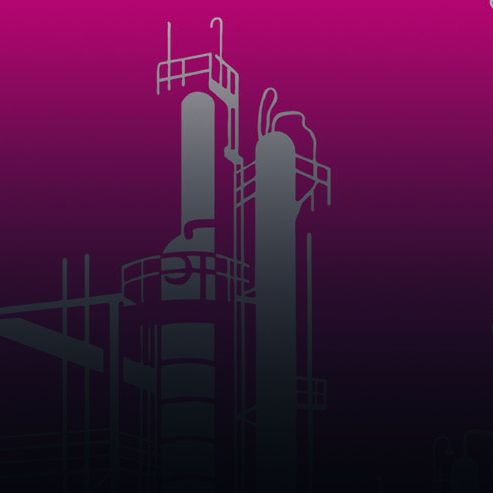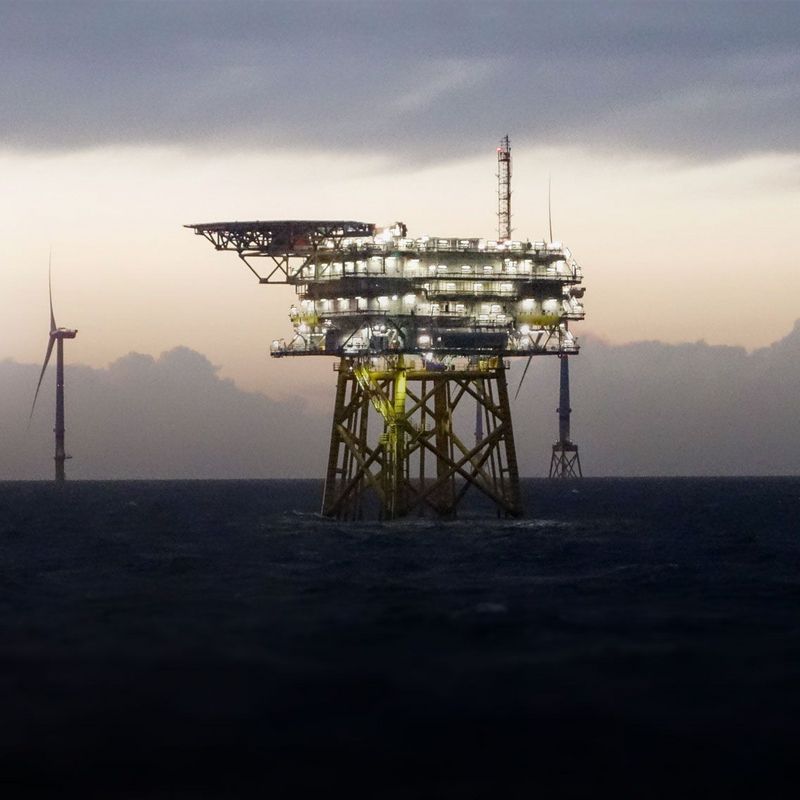11. March 2021
Hydrogen is widely regarded as a miracle cure for the energy transition. However, not all forms of hydrogen are the same – at least as far as the global climate is concerned. Depending on how it is produced, it gives rise to different amounts of CO2 emissions. For the sake of better classification, it is divided into colour categories. TÜV-NORD expert Verena Schneider explains what distinguishes green hydrogen from blue and which safety questions need to be answered when this volatile gas is used.
#explore: What is grey hydrogen?
Verena Schneider: Grey hydrogen currently dominates the market. It’s derived from fossil fuels, primarily natural gas and coal. Natural gas is heated up and converted into hydrogen and carbon dioxide in what is called steam reforming. The CO2 escapes unused into the atmosphere, thereby adding to the greenhouse effect. Depending on the source and energy mix, the production of one tonne of hydrogen can generate around 10 tonnes of CO2 – a considerable amount.
What is green hydrogen?
Green hydrogen is produced from water in an electrolysis process that uses renewable energy. The water molecule is split into its two constituent elements, oxygen and hydrogen. If only electricity from renewable sources is used, hydrogen is considered CO2-free – even though the production of a wind turbine, for example, isn’t of course completely carbon-neutral.
What is blue hydrogen?
Blue hydrogen is actually the same as grey hydrogen, in that it’s generated from fossil fuels. But there’s one crucial difference: the resulting CO2 is deposited, collected and forced into suitable geological formations deep underground. So it doesn't escape into the atmosphere. This is carbon capture and storage, or CCS for short. In terms of its ecological balance, blue hydrogen is considered CO2-neutral. Possible storage sites include former oil or gas deposits and salt-water-conducting rock layers. In Germany, the method has so far only been used in pilot and test projects. Norway announced at the end of 2020 that it was going to invest 1.5 billion euros in building a large CCS storage facility.
"In general, our focus is on a safe and secure energy supply. Safety knows no colours."
What is behind turquoise hydrogen?
Turquoise hydrogen is hydrogen produced by the thermal fission of methane (methane pyrolysis). Instead of CO2, solid carbon is produced. This process is CO2-neutral where the high-temperature reactor is operated with renewable energy. And, of course, the carbon generated must be permanently bound. One advantage of this method is that carbon is easier to store than CO2 and could be used, for example, in the chemical and electronics industries or in road construction. Compared to the production of green hydrogen by electrolysis, the expectation is that methane pyrolysis will require only one-fifth of the energy. To date, however, the method has only been tested at laboratory scale. With funding from the Federal Ministry of Research, BASF has now built a test facility in Ludwigshafen which will be commissioned in the coming months once tests have been completed.
Politically speaking, green hydrogen is the main focus of interest. What role do you think other colours of hydrogen can and should play here?
For us at TÜV NORD, any hydrogen should in principle always be brightly coloured. In the long term, all hydrogen should be green. We’re supporting our customers in their efforts to adapt the potential of hydrogen technology to their respective needs. We aren’t yet restricting ourselves to green hydrogen, however. Today’s business models often don’t fully map a successful hydrogen economy, so the issue of imports will also need to be considered. In general, our focus is on a safe and secure energy supply. Safety knows no colours.
Environmental groups have raised the issue that the extraction, processing and transport of natural gas is associated with high greenhouse gas emissions. So blue hydrogen would never be carbon neutral. What’s your assessment?
CO2 emissions from the extraction and processing of natural gas can be further reduced – but there’s no way they can be completely eliminated. In this respect, blue hydrogen would also not be completely carbon neutral. But we will need it as a transitional technology. This is because we don’t yet have enough renewable energy in this country to produce green hydrogen for all our needs. This is also one of the reasons why the Federal Government intends to produce green hydrogen abroad in the future and import it into Germany.
Do different safety aspects have to be considered depending on the colour of the hydrogen?
One key aspect is the safe transport of hydrogen. The repurposing of natural gas pipelines is under discussion as a way of allowing us to continue using the existing infrastructure. To date, it’s been possible to add a share of around ten percent of hydrogen to natural gas. We need to check here whether we can operate the existing pipelines without any problems with significantly higher mixture ratios or even with pure hydrogen. Or to what extent technical adaptations or new pipelines will be required. Some questions also need to be clarified on the production side: green hydrogen is currently produced in small electrolysers in the low megawatt range. In the course of the market ramp-up, which the Federal Government intends to push forward through its hydrogen strategy, large plants with outputs of more than one hundred megawatts are planned. We’re going to have to make these new energy infrastructure systems safe! in the best case scenario, the development and manufacture of these electrolysers will be supported by independent third parties like TÜV NORD. But we’re also going to have to increase confidence in the new energy source at other levels. Chemically speaking, green hydrogen is no different from grey hydrogen produced from natural gas, but it’s environmentally friendly and, at the same time, considerably more expensive. It would therefore make sense to establish proofs of origin. Customers in industry and transport would then be able to rely on being supplied with guaranteed 100% green hydrogen.
About Verena Schneider
© TÜV NORD
Verena Schneider is head of Energy Infrastructure Systems at TÜV NORD EnSys. The certified environmental scientist has worked in the field of renewable energies for more than 17 years. She is currently working with energy infrastructure systems and the integrated energy issues of what is known as sector coupling – bridging the gap between energy producers and consumption sectors. One of the key questions in her work is how different forms of energy can be stored, transported and converted back into electricity in order to make transport and heat supply more sustainable.



